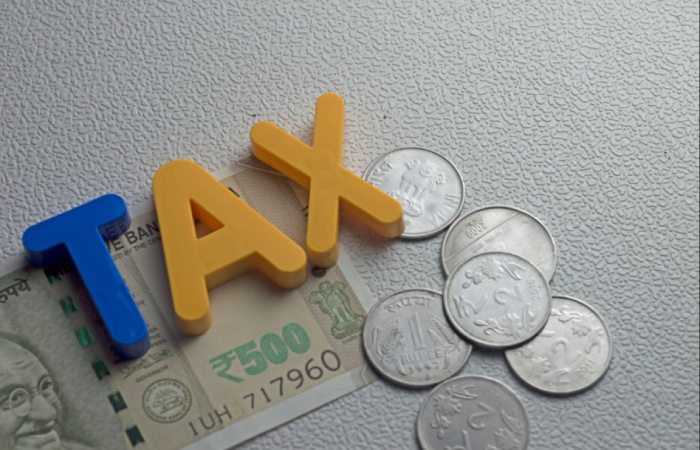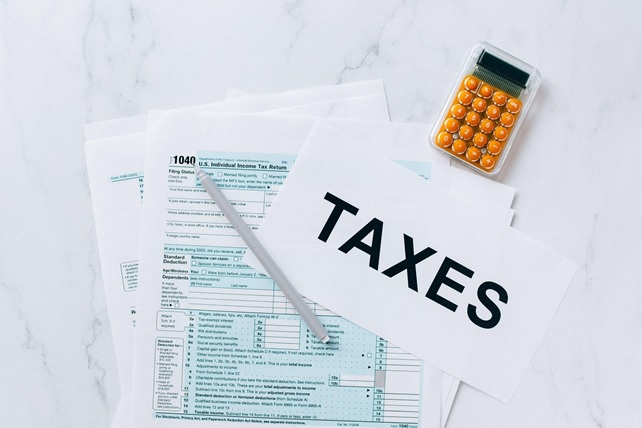International taxes on your print-on-demand business: Starting your own print-on-demand business is an attractive scheme for a startup, combining creativity and marketability. But it can be difficult for a newcomer to figure out some of the financial issues, such as paying taxes. It’s getting difficult if your business goes beyond one country and involves dropshipping products. Here we’ll touch on the topic of paying sales tax for US and European countries.
Table of Contents
Sales Tax for the US
Under American local laws, sales tax is paid on every sale. It is easy to understand. A certain amount is put in the price of the goods to be refunded to the budget. For a long time, this was a convenient way of financial control. But with the development of online commerce, some difficulties have arisen. Previously, sales tax was levied if there was a nexus (physical presence of the seller in the state). It could be a store, a warehouse, an authorized branch, or, eventually, a single employee to represent a company. It means any physical facility located within the state.
But as of 2018, a decision was made to expand the concept of nexus, which required online sellers to pay taxes to the state based on the economic presence (conducting transactions with residents and using a courier delivery service located there).
And the most complicated part: not only the sales tax rate is different for each of the 11,000 tax jurisdictions, but the tax itself must be paid when different conditions occur. For example, when the number of transactions made or the total amount of your revenue reaches a certain threshold. Or both conditions must be met at the same time. This topic is so complex that some marketplaces (Amazon, eBay, Etsy), either on their initiative or due to new laws, have developed tools to collect sales taxes on their own. However, it has not worked everywhere so far.
VAT for EU / UK

There is a concept of value-added tax (VAT or goods and services tax, GST in some countries) in Europe. It differs from the sales tax with its amount is charged at all stages of the life cycle of a product: creation, transportation, and sale. The payment of this tax has many nuances. They are from registering the business at an address in the country to taxing the international shipment of goods. For example, direct shipping to the UK is subject to VAT, which depends on the value of the goods. After the country’s exit from the EU, British tax law has changed: an individual with an annual turnover of less than £85,000 nowadays is exempt from tax. And above that amount, registration as a VAT payer will be required. In short, to understand all the nuances, it is better to consult a tax professional.
Sales Tax Procedures for POD Business Owners
- Find out the tax rates and rules for opening accounts in the country or region where you’ll be shipping products:
- If you’re going to work with print-on-demand platforms like Printful, get a resale certificate;
- Learn the rules for collecting and calculating taxes in the operation of dropshipping POD companies like Printify, Printful, etc.
- Get advice from a specialist at the marketplace where you sell your products on setting up tax payments.
- Monitor tax due dates carefully and keep track of changes in tax laws.
Despite a lot of confusing details regarding taxation, the print-on-demand business, especially when dealing with dropshippers, is quite profitable. With a thorough understanding of the country’s trade rules, the e-commerce platform, and the print-on-demand service provider, the seller can avoid some problems of managing sales tax and VAT with print-on-demand business.

